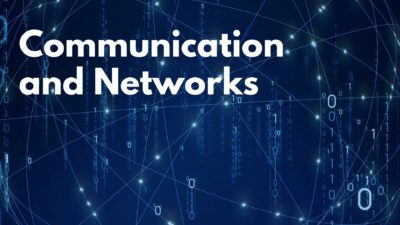Title: NIST Researches Nonlinear Optics for Quantum Networking
NIST researchers are exploring nonlinear optics to develop advanced quantum networking technologies. Nonlinear optical effects enable the creation of quantum frequency converters and entangled photon pair sources, which are crucial for connecting quantum nodes operating at different wavelengths in a hybrid quantum network.
Quantum frequency conversion involves converting photons from one optical wavelength to another, while entangled photon pair sources generate correlated photon pairs through spontaneous parametric downconversion. Both techniques rely on nonlinear optical materials like periodically poled lithium niobate (PPLN) crystals.
NIST has demonstrated polarization-entangled photon pair sources using phase-modulated PPLN crystals, achieving high entanglement visibility. The researchers have also designed PPLN waveguides that can convert input photons to two possible output wavelengths, enabling photon routing in quantum networks.
These nonlinear optical techniques are expected to improve quantum networking, quantum-enhanced sensing, and other quantum information applications by enabling efficient interconnects between nodes operating at different wavelengths.
Source: https://www.nist.gov/programs-projects/nonlinear-optics-quantum-information-and-networking
Keywords: Nonlinear Optics, Quantum Frequency Conversion, Entangled Photon Pair, Quantum Networking, Quantum Information



